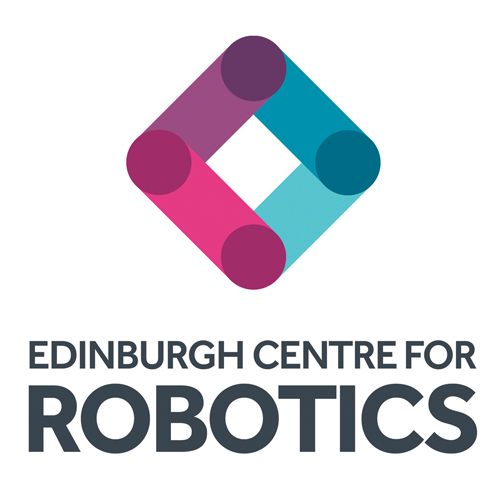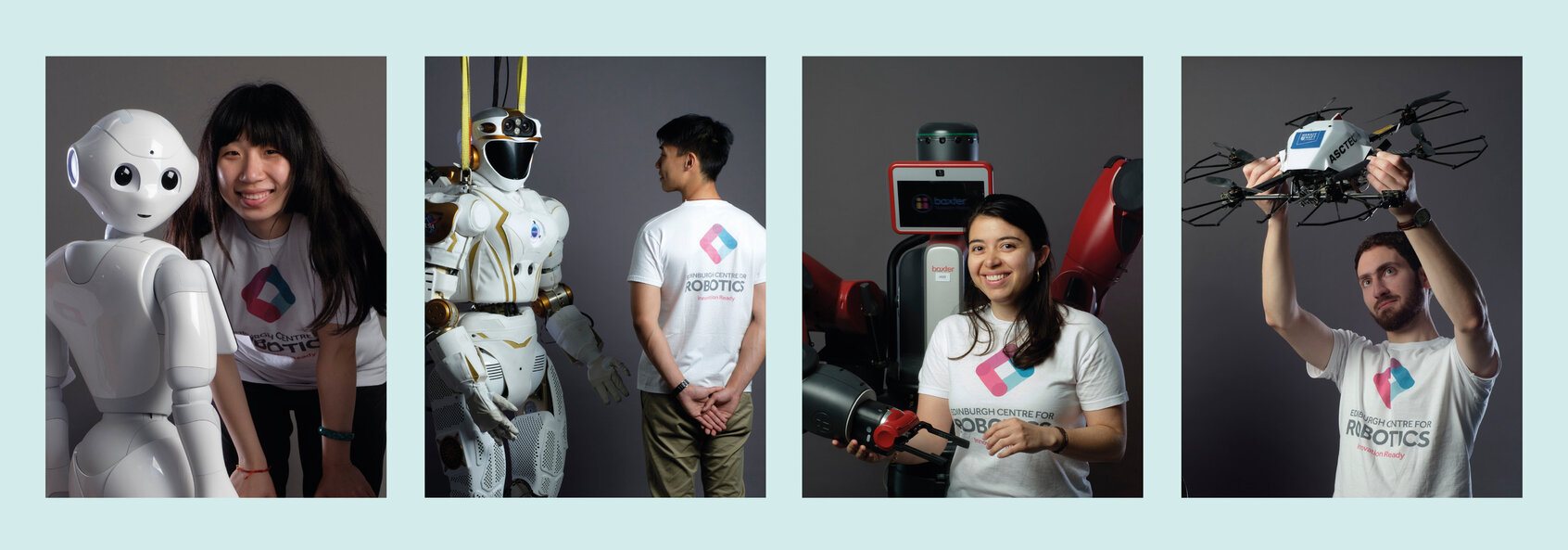Abstract
The talk will present our approaches on understanding the functional connectivity of the brain in different physiological states. It will highlight the challenges of capturing and denoising the brain signal (i.e. EEG signal) as well as different approaches to model the functional connectivity of the brain in graph-like structures by comparing several correlation methods (e.g. Pearson, cross-correlation, scaled-correlation). The main focus of the talk is on the analysis of the resulted graph-like structures in order to understand the dynamic of the brain connectivity. First, various, local and global, graph metrics are applied on the resulted networks to capture and visualize changes in the graph structures. Next, the relevance of the generated brain models as graphs is investigated by trying to classify the different brain states based on these models. Two categories of graph analysis algorithms are considered: one based on network embeddings (Structural Deep Network Embedding (SDNE)) fed into traditional classification models and the second one based on end-to-end deep graph neural networks (Deep Graph Convolutional Neural Networks (DGCNN)). Third, the interpretability of the obtained models is discussed. Although neither of the two approaches provide interpretable models, the second one can be extended by applying a gradient-based backpropagation solution (such as GRAD-CAM) in order to identify the most discriminative nodes for the different classes.
Bio
My primary appointment is with the Computer Science department at the Technical University of Cluj-Napoca. I did my PhD in computer science at the same university in 2004 and Habilitation in 2015.
Currently, I am part of the Knowledge Engineering Group where we work on knowledge extraction systems from both structured and unstructred data by employing customized machine learning solutions. We developed methods for natural language processing (topic extraction, named entity recognition, semantic representation, sentiment analysis, community detection, intent detection and slot filling), signal processing (artefact detection in EEG, spike sorting), network analysis (applied in social networks and neuroscience), industrial data analysis (predictive maintenance, energy management).
For more details about my group please visit keg.utcluj.ro.

